After thousands of years of history, Chinese Hanfu styles are extremely diverse. However, the Hanfu recognized today mainly refers to the costumes of powerful dynasties such as Han, Tang, Song, and Ming, and is also the main basis for contemporary Hanfu design.
There is no longer to consider the hierarchy in wearing modern Hanfu, with a richer mix of colors, patterns, and fabrics. Modern Hanfu designs are more simple and more comfortable, incorporating more fashionable elements while not losing beauty.
Hanfu enthusiasts can choose and match Hanfu according to their own style and preference. However, because of its distinctive national characteristics, following certain wearing etiquette will definitely make the wearer more elegant and confident.
The Origin of Hanfu
Chinese Hanfu is the traditional costume of the Han people. How did the name originate? How is it worn? What is the relationship between Han Chinese costume and Chinese culture? These questions can not be explained in a few words. First of all, we need to understand the origin of the Han Chinese, the early Han Chinese set the tone for the dress of later generations.
Hua Xia
The Han originated from Huaxia. The term "Huaxia (华夏)" was first used in the "Book of Documents (尚书)": “华夏蛮貊,罔不率俾。” That means both the civilized Huaxia people and the barbarians on the four sides were subservient to the leadership of the king of Zhou. It is difficult to determine whether this passage is from the Zhou Dynasty because of the complexity of the writing process of the "Book of Documents". But the term Huaxia must have existed during the Spring and Autumn Period, when all the vassal states subdivided by the Zhou Tienzi in the Central Plains were called Xia (夏) or Zhuxia (诸夏).
Confucius considered Hua and Xia to be synonymous, and Hua means Xia, as recorded in "Zuo Zhuan", Confucius said, “裔不谋夏,夷不乱华。” It means that minority groups were not allowed to interfere in the affairs of the Chinese and Xia peoples in the Central Plains. And most of the documents after the "Book of Documents" use Huaxia as a word.
"China has the greatness of manners, so it is called Xia; and the beauty of clothing and crown, so it is called Hua." The word "Xia" means elegant and vast, and "Hua" refers to the gorgeous costumes.
"Zuo Zhuan - The Twenty-sixth Year of Duke Xiang" records the battle of Jin and Chu, Jin used the strategy of Duke Xi and defeated the Chu army. Then "Chu lost Huaxia", mean Chu lost the chance to become the hegemon of the Central Plains at that time. The Huaxia here refers to the vassal states in the Central Plains, which were divided by the king of Zhou.
During the Xia and Shang periods, the distinction between the Huaxia and other tribes was not strict, but during the Spring and Autumn period, this kind of concept shifted. "Zuo Zhuan - The Fourth Year of Duke Cheng" has recorded that Duke Cheng of Lu went to Jin, and the Marquis of Jin treated him disrespectfully. Duke Cheng intended to betray Jin and make peace with Chu. Ji Wenzi advised he that although Chu was powerful, it was not one of our kind, would it treat us well?
During the Spring and Autumn Period, the vassal states of the Central Plains referred to the tribes on the four sides of the Central Plains as "Nan Man (南蛮, southern barbarians), Dong Yi (东夷, eastern barbarians), Xi Rong (西戎, western barbarians), and Bei Di (北狄, northern barbarians), and Chu was one of them."
It is worth noting that the criterion for distinguishing Huaxia and other tribes is not blood, but culture. The initial criterion of distinction by clan and clan was gradually replaced by cultural criteria. Those who adopted the same rituals and costumes as the Huaxia were considered to be of the same clan, so the identity of some tribes as barbarians would change.
As Chu continued to learn from the Central Plains in terms of language, dress, rituals and music, and the fact that it became a member of the Xia was gradually accepted by the Central Plains countries and it became one of the Seven Warring States during the warring States period.
During the Spring and Autumn Period, the vassal states, under the unified leadership of the Zhou royal family (at least nominally), still observed etiquette, and did not aim to annex other states. However, during the Warring States period, the rules and regulations of feudal propriety were greatly undermined, and the vassal states were in constant strife with each other, culminating in the eventual unification of the Middle Plain by the state of Qin. The Qin Dynasty was replaced by the Han Dynasty after only a decade or so. The Han dynasty lasted for more than 400 years and was a powerful empire, which is also the origin of the name of the Han nation.
After the Han Dynasty, Han and Huaxia were used to refer to the same meaning. Chinese civilization is also called Huaxia civilization or Han civilization.
The Origin of Hanfu
The origin of name Han is the origin of the name of the Hanfu, too. The ancients believed that the Hanfu began with the Yellow Emperor. Nowadays, it is generally believed that the Hanfu originated from the Yin and Shang periods, and unearthed artifacts from the Shang Dynasty can also be seen with similar costumes from the Zhou Dynasty.
As part of the Han ritual, clothing has evolved over the course of history, and in addition to the dynastic changes that led to the evolution of clothing, many other foreign costumes (such as the Hu costume) were used by the Han, resulting in a great variety of traditional clothing styles.
For example, during the Warring States period, King Wuling of Zhao introduced the Hu clothing to the Han costume system. Another example is the Ku Zhe Fu (袴褶服), which was also originally a kind of Hu costume, but was used by the Han Chinese because it was easy to wear and became a commonly worn garment after the Sui and Tang dynasties.
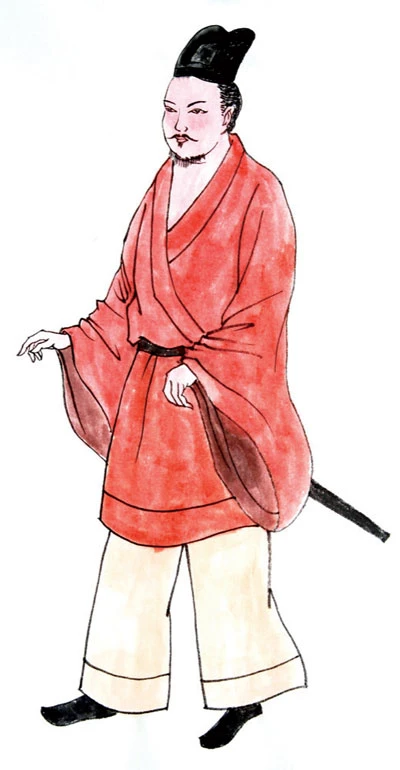
Ku Zhe Fu
The Mongolian Bianxian Ao (辫线袄) worn in the Yuan Dynasty evolved into a style commonly worn by Han Chinese in the Ming Dynasty, called Ye Sa (曳撒). The vertical collar of the Qing dynasty gown evolved into an important Hanfu element in later times. So, whether analyzed in terms of history, style, pattern or origin, Chinese clothing is quite complex.
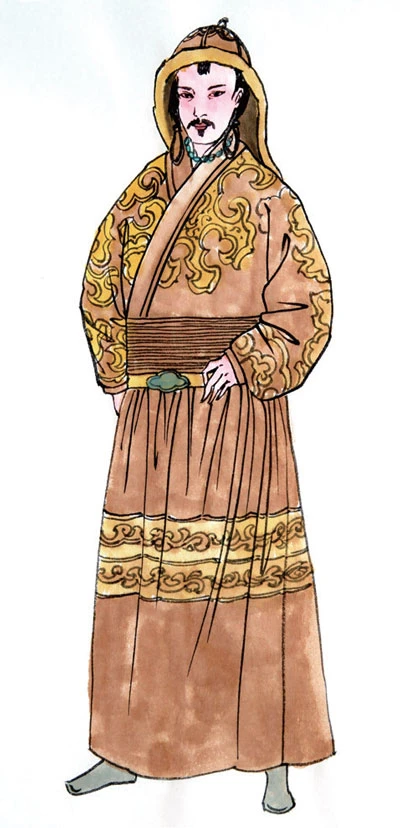
Ye Sa
Since the Yuan Dynasty, the development of Hanfu has undergone great twists and turns. The Yuan Dynasty was a unified dynasty established by the Mongols, and the Yuan government did not force all ethnic groups to unify their costumes, but to follow their own customs, and the Han people still wore their traditional costumes, although cultural exchange was inevitable, and there were many elements of Mongolian costumes in the Chinese costumes.
Zhu Yuanzhang established the Ming Dynasty regime and established the Ming Dynasty dress system based on the Song Dynasty dress as a template, but most of the Song Dynasty dress styles have been lost, and the Ming Dynasty dress is actually completely Ming Dynasty in character.
In the Qing Dynasty, the government imposed a unified clothing system in which men had to shave their hair and wear clothes according to the Manchu dressing, while women could keep their Ming Dynasty costumes. However, the traditional Han costume was actually discontinued in the Qing Dynasty, and Ming costumes would basically only appear in opera.
Although, from a cultural point of view, both Mongols and Manchus are part of the Chinese nation, the costumes are still quite different from the Hanfu. After the Xinhai 1911 Revolution, with the introduction of Western culture, Hanfu gradually receded from the stage of history, and Western-style clothing or a combination of Chinese and Western clothing became mainstream.
Traditional Chinese Hanfu Styles
Throughout the development of Hanfu, there are three basic styles, namely, Yi Shang Zhi (衣裳制), Shen Yi Zhi (深衣制), Pao Fu Zhi (袍服制).
Yi Shang Zhi
The first style is the Yi Shang Zhi (top and skirt). From the figure-shaped jade pieces excavated in the Shang Dynasty, we can roughly recognize the dress of the nobles at that time. Therefore, it is possible that the top and skirt were the earliest common type of Hanfu.
In the Han dynasty ancient book "Shi Ming (释名)", there is a nomenclature explanation of clothes: "凡服,上曰衣,衣依也,人所依以庇寒暑也。下曰裳,裳障也,所以自障蔽也。" It means that the clothes worn on the upper body are called Yi (衣), and people rely on clothes to resist the cold and keep heat. Wearing in the lower body is the Shang (裳), the role of is cover.
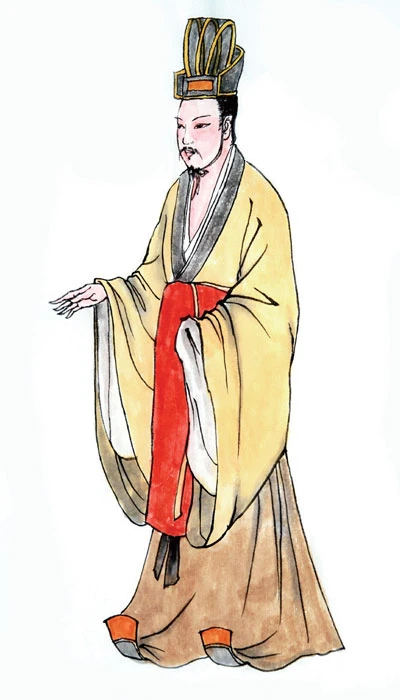
Yi Shang
The title of Yi Shang is rather ambiguous in actual use, and in many ancient texts, Yi Shang is used as a general term for clothing.
Grand gowns are often made by Yi Shang Zhi. For example, the Mian Fu (冕服), was basically the same in style and main elements in the different dynasties, but slight differences in details such as crowns style, patterns, sizes, and colors.
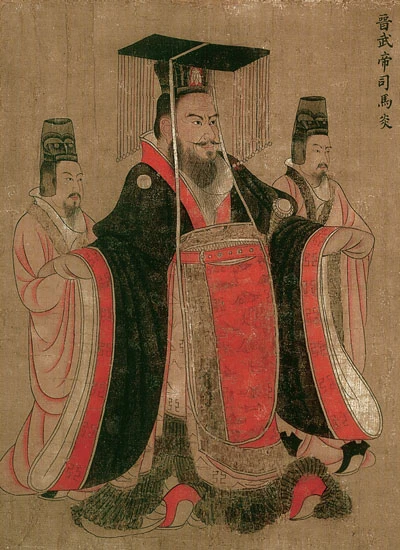
Mian Fu
The Yi Shang from the Zhou Dynasty to the Han Dynasty were all wide clothes with big sleeves, which was one of the main features that distinguished Hanfu from Hu clothing.
During the Northern and Southern Dynasties when the Hu and Han cultures intermingled, the Yi Shang evolved into Ru Qun (襦裙) style. Ru was a short top with narrower sleeves, and the Qun was a skirt, with many styles, mainly in the amount of skirt cut pieces as well as color and pattern variations. the use of Ru Qun continued into the Qing Dynasty.
Shen Yi Zhi
The second type is Shen Yi Zhi. The ancient book "Er Ya Zhu Shu (尔雅注疏)" has explained the Shen Yi (深衣): Yi and Shang is connected, that is the upper garment and the lower skirt are sewn together at the waist.
The ancient book "Book of Rites - Shen Yi (礼记·深衣)" recounts the system of Shen Yi in more detail. The ancient Chinese considered Shen Yi as the best clothes other than the court dress and the sacrificial dress, which could be worn by both civil and military officials.
Kong Yingda (a literary scholar of the early Tang Dynasty) wrote a commentary on the "Book of Rites", that Shen Yi was the clothing worn by vassals and officials in the evening, and that commoners also used Shen Yi as a formal costume.
The "Book of Rites" mentions that the Shen Yi should not be shorter than the ankle and should not reach the ground. The size of the sleeves was suitable for the elbows to move freely. The sash should not be tied too high or too low, put in a position where there is no bone at the waist.
The Shen Yi is sewn with twelve pieces of cloth, symbolizing the twelve months of the year. The round sleeves symbolize roundness and the square collar symbolizes squareness. The center back seam runs from the top to the heel, symbolizing integrity. The lower part of the Shen Yi is also called the Shang, and the lower seam of the Shang is like a scale, symbolizing fairness.
It is no longer available when Shen Yi was first worn, but it is certain that Shen Yi was commonly used during the Zhou Dynasty. During the Spring and Autumn and Warring States period, Shen Yi was used as daily clothing. The image of Shen Yi can be seen in the silk paintings of Chu during the Warring States period. According to the "Book of Rites", generals also wore Shen Yi when commanding battles.
From the Spring and Autumn and the Warring States to the Han Dynasty, it was more common to wear Qu Ju Shen Yi (曲裾深衣), with the lapels wrapped around the body from the collar and held in place by a belt at the waist. This kind of collar is called "Jin (衿)".
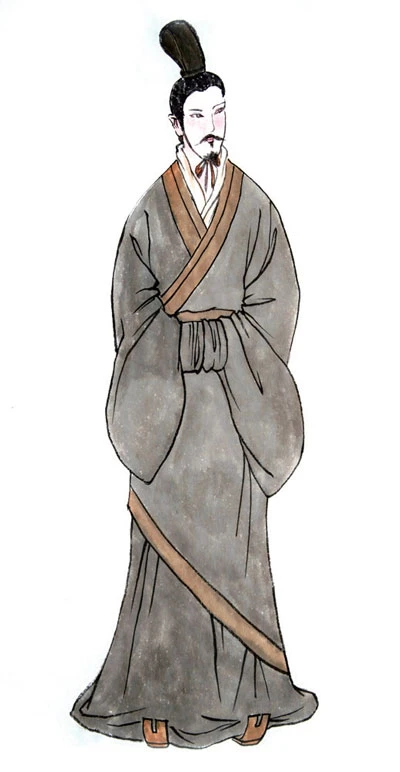
Qu Ju Shen Yi
Although the sleeves are large, at the cuffs are gathered, which is called "Pipa sleeves". The large sleeves are called "Mei (袂)" and the tightened cuffs are called "Qu (袪)". The sleeves and lapels of the Qu Ju have wide edges.
Starting from the Qin Dynasty, the Shen Yi style robe was used as the court dress. In the Han Dynasty, it was called as Dan Yi (襌衣), and was used as the court dress from the emperor to the minor officials. The Dan Yi was worn with a Zhong Yi underneath, the collar and sleeves were edged in black.
It is documented that during the Han Dynasty, the color of the court dress changed with the seasons, that is, spring green, summer vermilion, late summer yellow, autumn white, and winter black, but in fact, black was used most of the time.
The Shen Yi Zhi lasted until the Ming Dynasty, and the Qing Dynasty no longer used.
Pao Fu Zhi
The third kind is the Pao Fu Zhi. The ancient book "Shi Ming (释名)" says that those with cuffs are "Pao (robe, 袍)" and those without cuffs are "Shan (衫, shirt)". More typical features of Pao are round neck, narrow sleeves, fitted, which is the most widely used clothing from the Sui and Tang dynasties to the Qing dynasty.
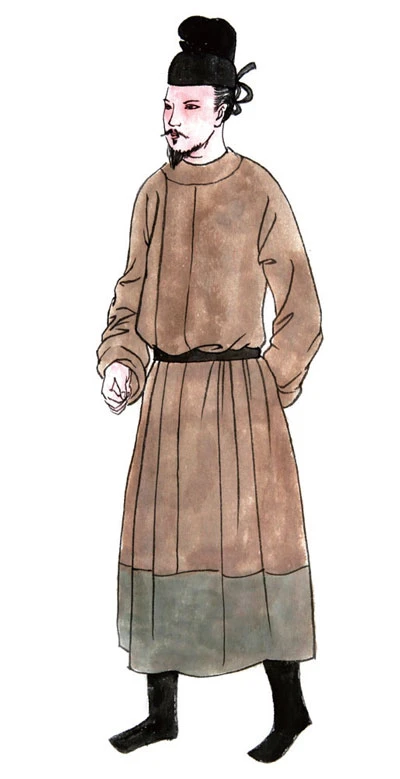
Tang Dynasty Robe
Sui dynasty set the official rank according to the color of the robe, the Tang dynasty make the rank more detailed regulations. Officials above the third rank wear purple robes, fourth and fifth rank officials wear red, sixth and seventh rank wear green, and eighth and ninth rank wear cyan.
Sui dynasty set up different robe colors according to the rank of officials, and the Tang dynasty made more detailed regulations. Different dynasties round collar robe style differs, the color and matching ornaments regulations are not quite the same, officials and people have obvious differences.
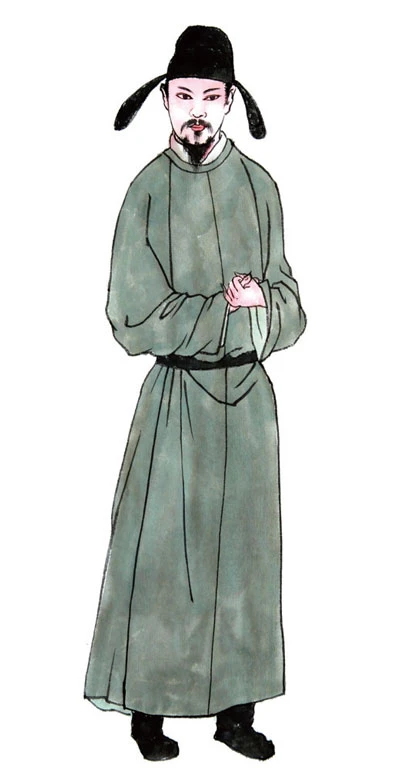
Song Dynasty Robe
To the Yuan dynasty, the Xiong Bei began to be used on the official robe, which is called Bu Zi (补子) in the Ming and Qing dynasties, two embroidered pieces attached to the front chest and back of the robe, with patterns to identify the official level.
Ku Zhe Fu
In addition to the three styles of Hanfu mentioned above, there is another matching way of tops and pants.
Before the Han Dynasty, pants were called Jing Yi (胫衣), i.e., the barrel-shaped costume that wrapped both legs, and later developed into open-crotch pants.
The traditional pants actually evolved from Hu clothing. The Hu people rode horses more often and wore traditional Ku (袴) to prevent rubbing their legs. Han Chinese mainly fought in chariots and did not have a strong need for Ku.
During the Han Dynasty, the closed-crotch pants appeared that were similar to the current style of pants.
The match of Ku Zhe Fu (袴褶服, tops and pants) began during the Northern and Southern Dynasties and was known as a common garment during the Sui and Tang dynasties, and was also used for military uniforms.
When the Han people wore pants on formal occasions, they wore a robe or skirt on the outside. Workers would wear their pants on the outside while working. So strictly speaking, the matching of Ku Zhe Fu cannot be considered a formal garment in Hanfu clothing.
In addition to the above styles, there are many derivative Hanfu styles, such as the short-sleeved tops of the Tang Dynasty, called Ban Xiu (半袖) or Ban Bi (半臂), Song Dynasty Bei Zi (褙子), Ming Dynasty Bi Jia (比甲), and Qing Dynasty Kan Jian (坎肩), all of which can be worn on the outside.
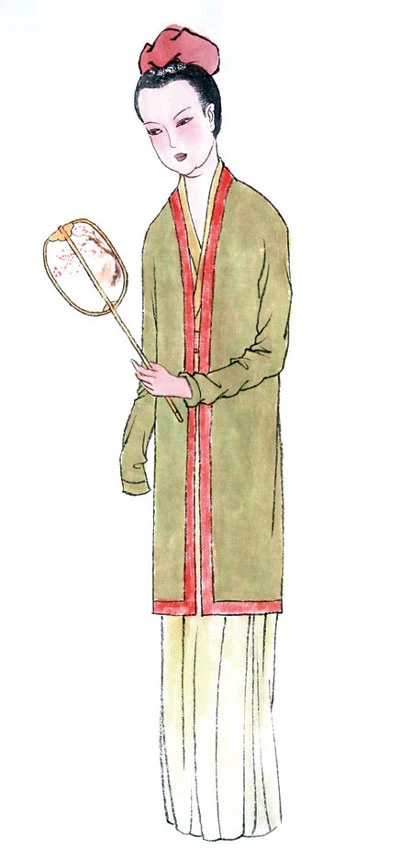
Source: "Hanfu" (Author Cao Zhe) Chapter 1 Section 1, Section 2
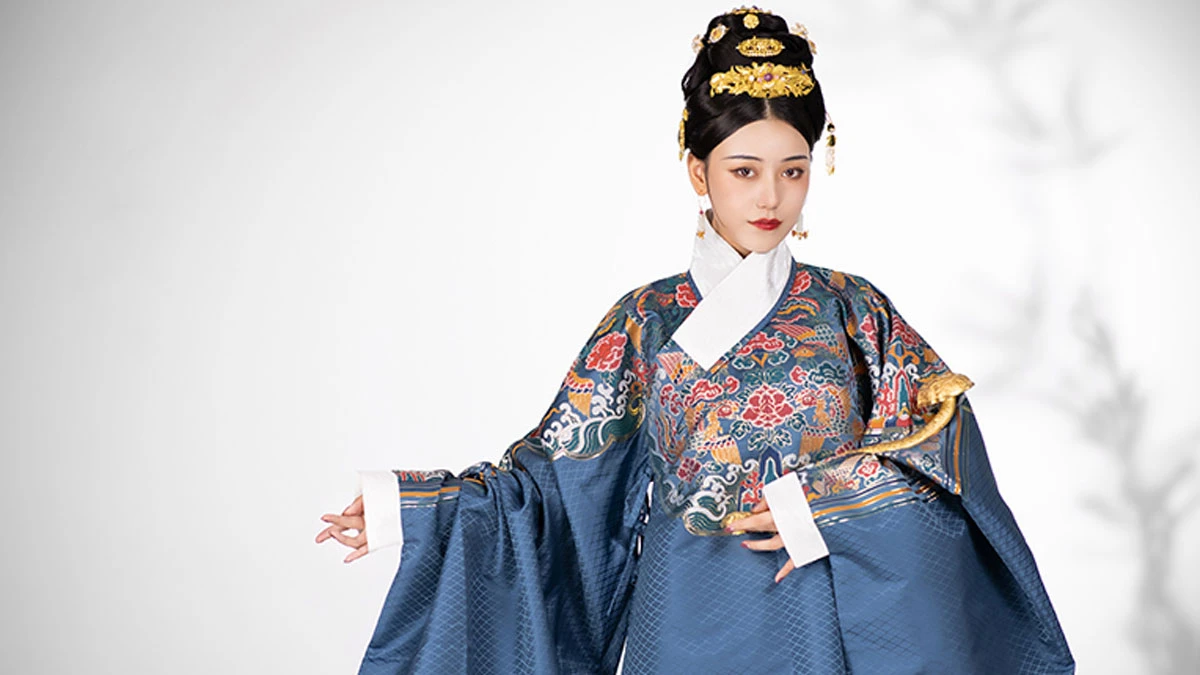
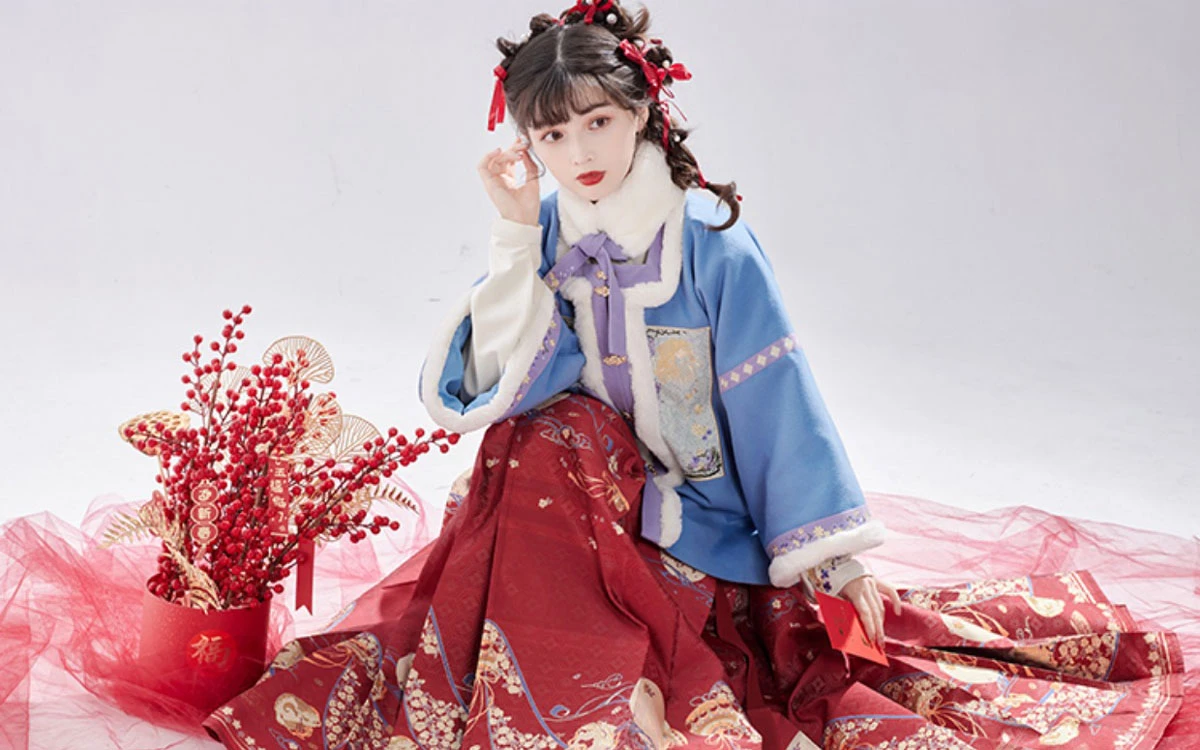
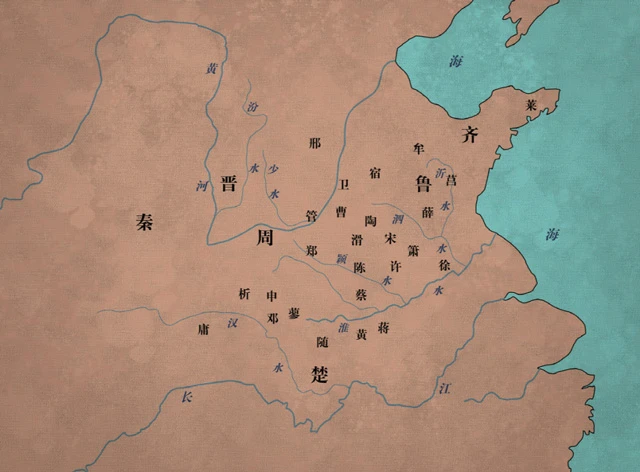
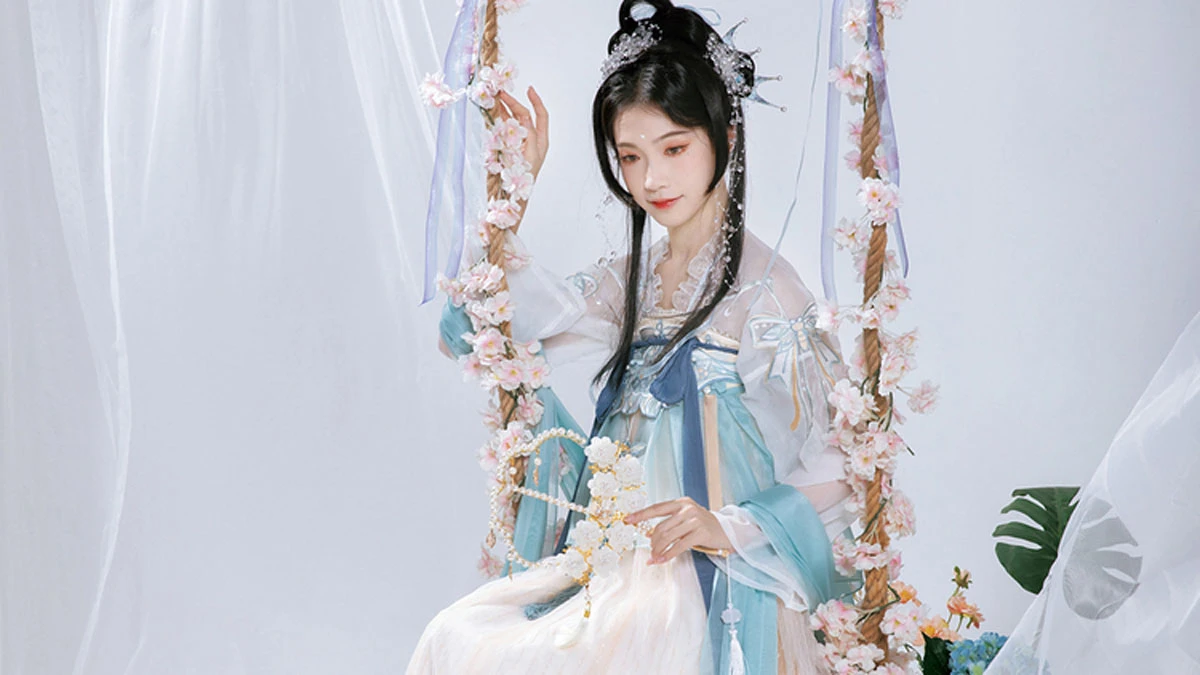
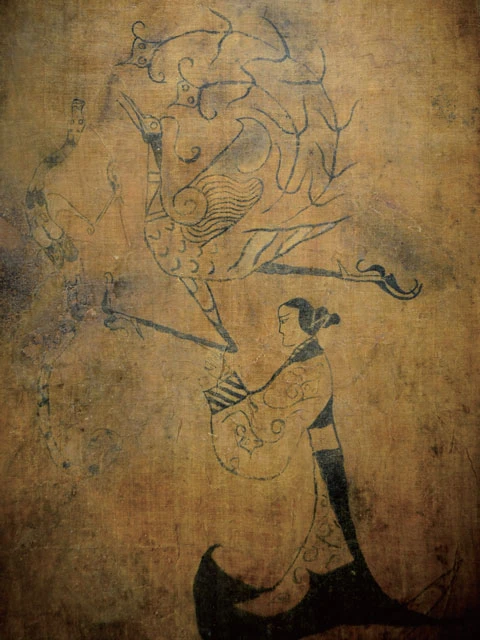
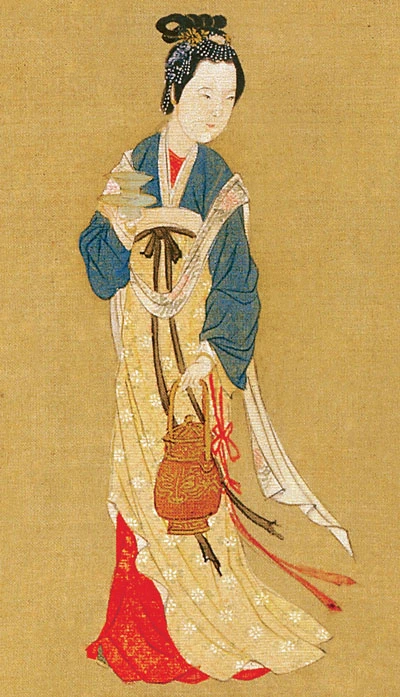
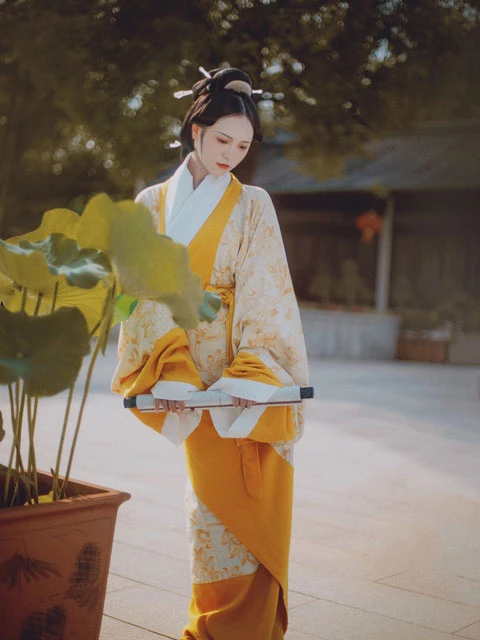
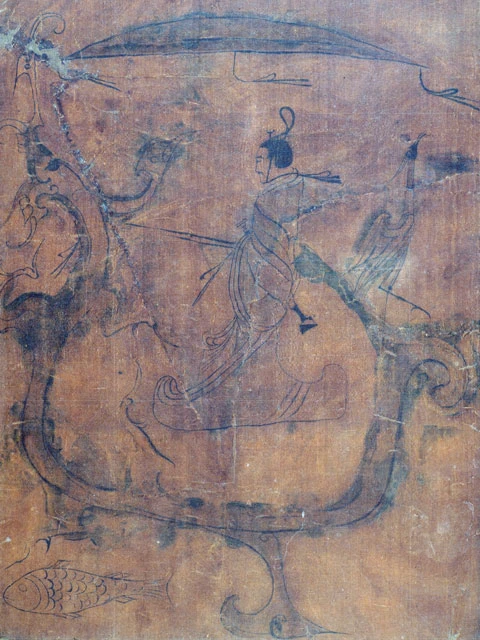
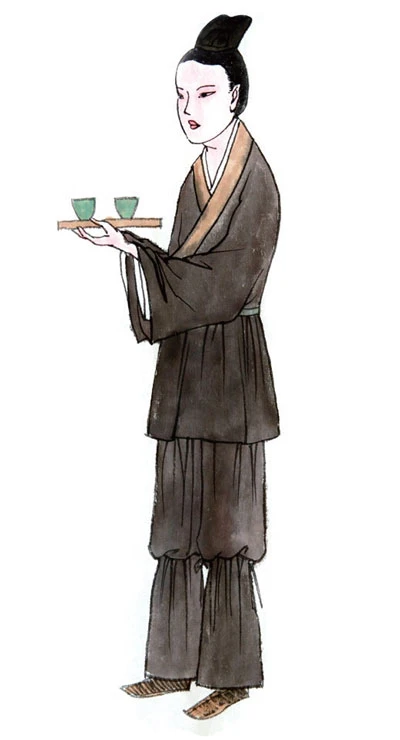
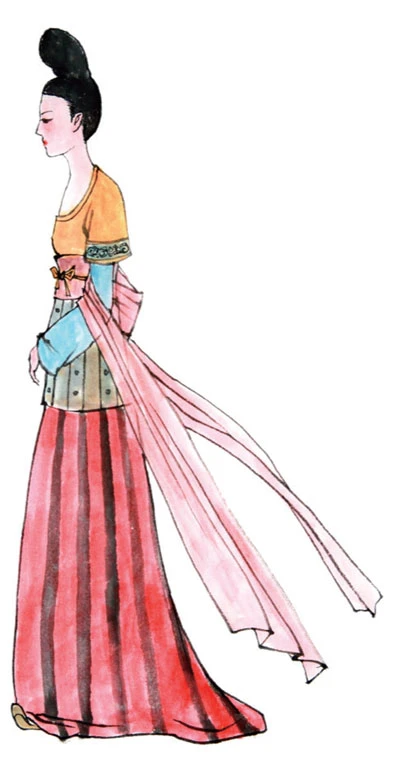
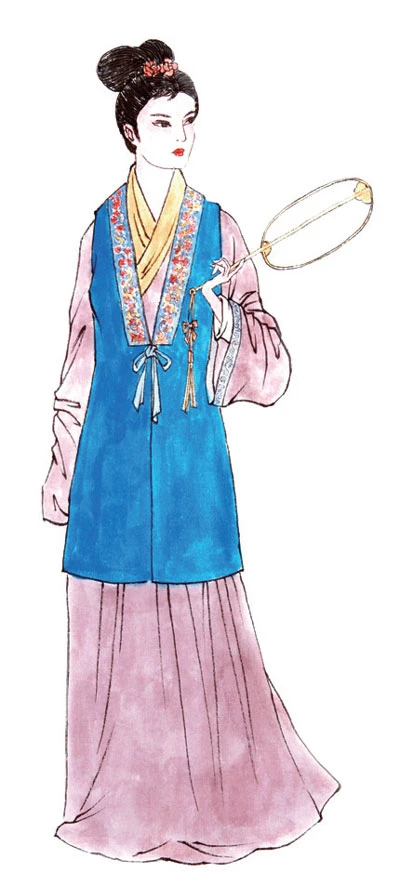

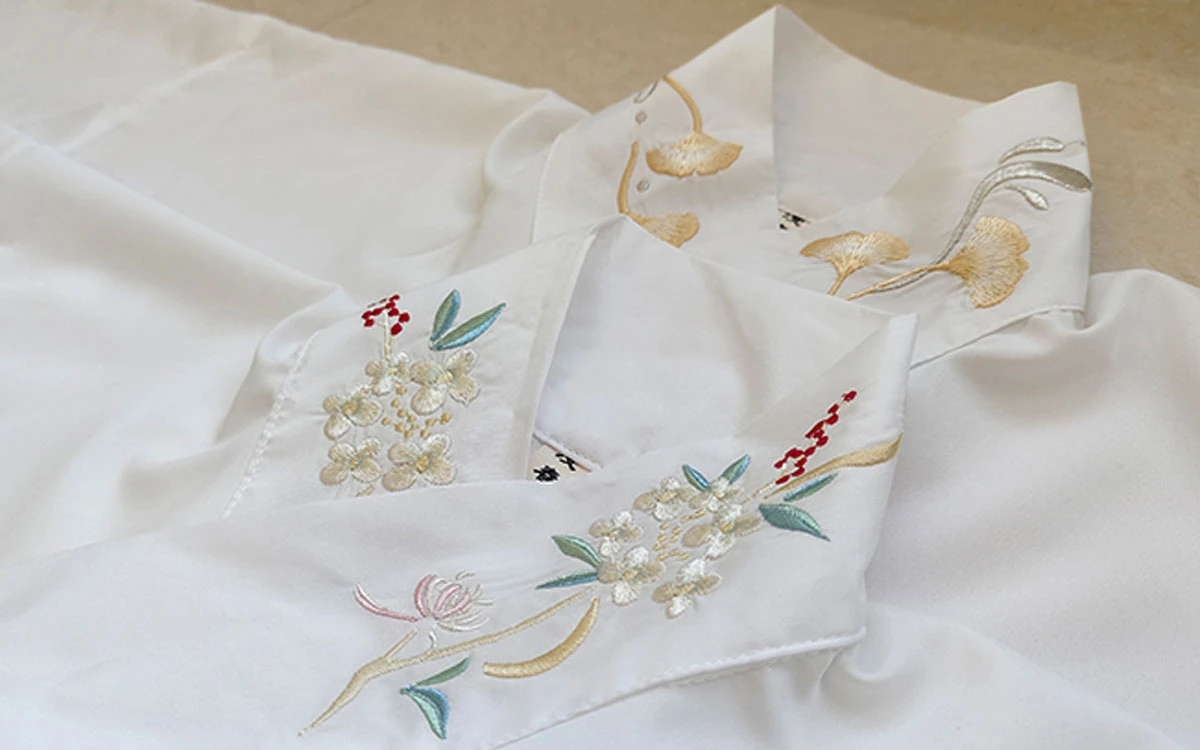
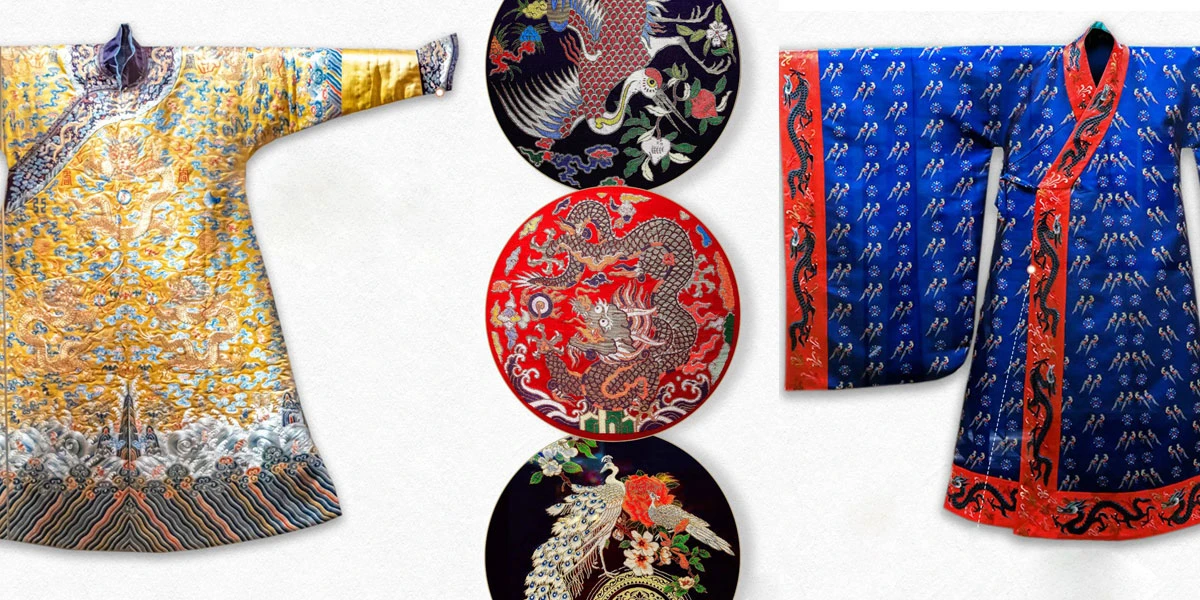

Great article👍
Ini sangat membantu memahami asal usul hanfu
Terimakasih artikelnya